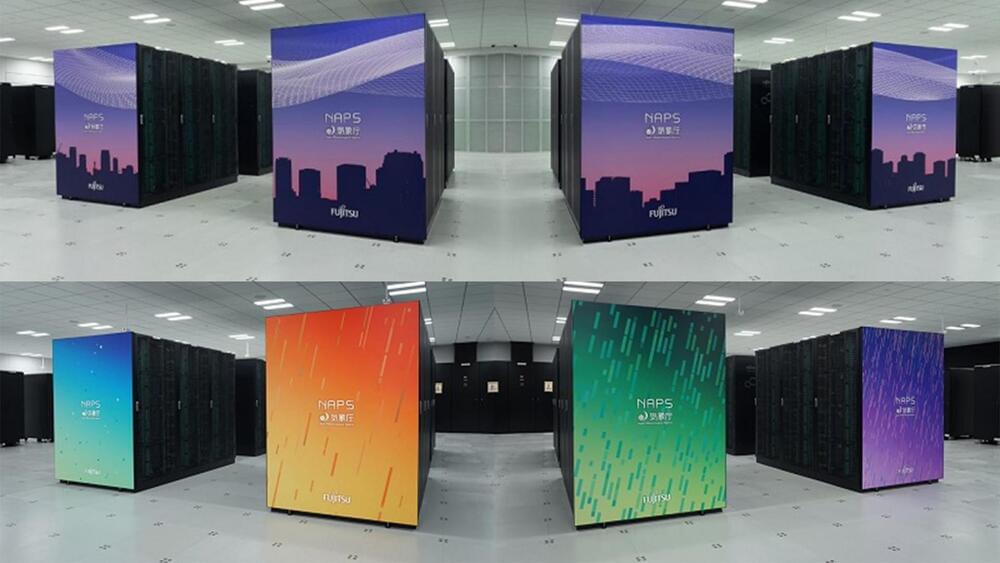The new supercomputer system can predict the occurrence of linear rainbands, which are clouds that trigger heavy rain, leading to natural disasters.
Trust Japan to get a supercomputer to predict heavy rain and other natural disasters like landslides and flooding.
Japan has always had to deal with natural disasters as the island is located along an area where several tectonic plates meet. The country is highly vulnerable to natural disasters such as earthquakes, tsunamis, and natural disasters. These have only been exacerbated due to climate change.









